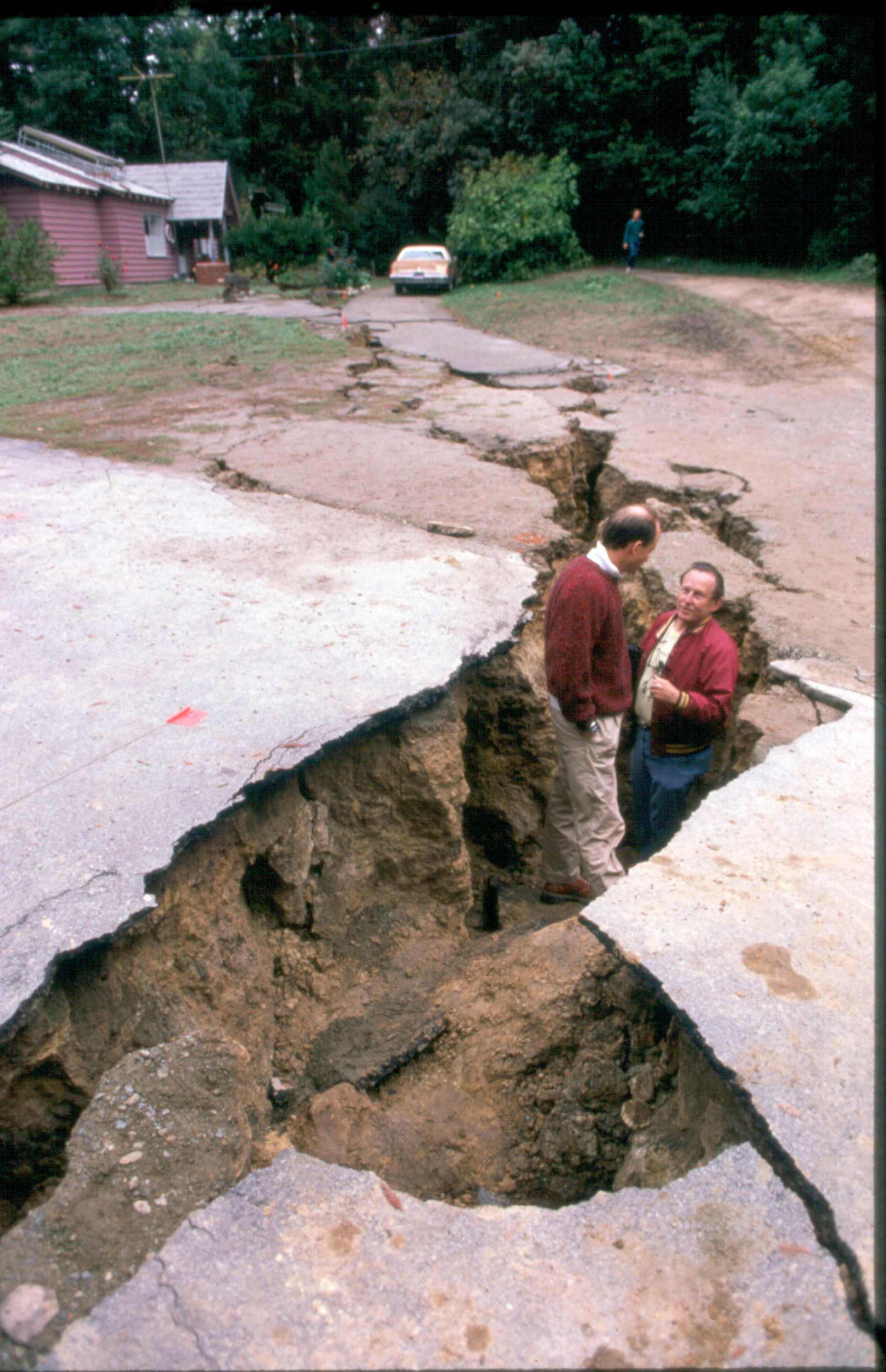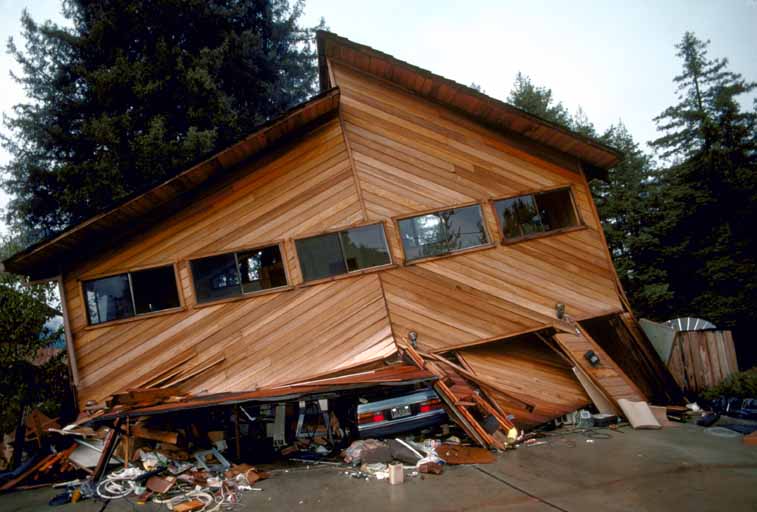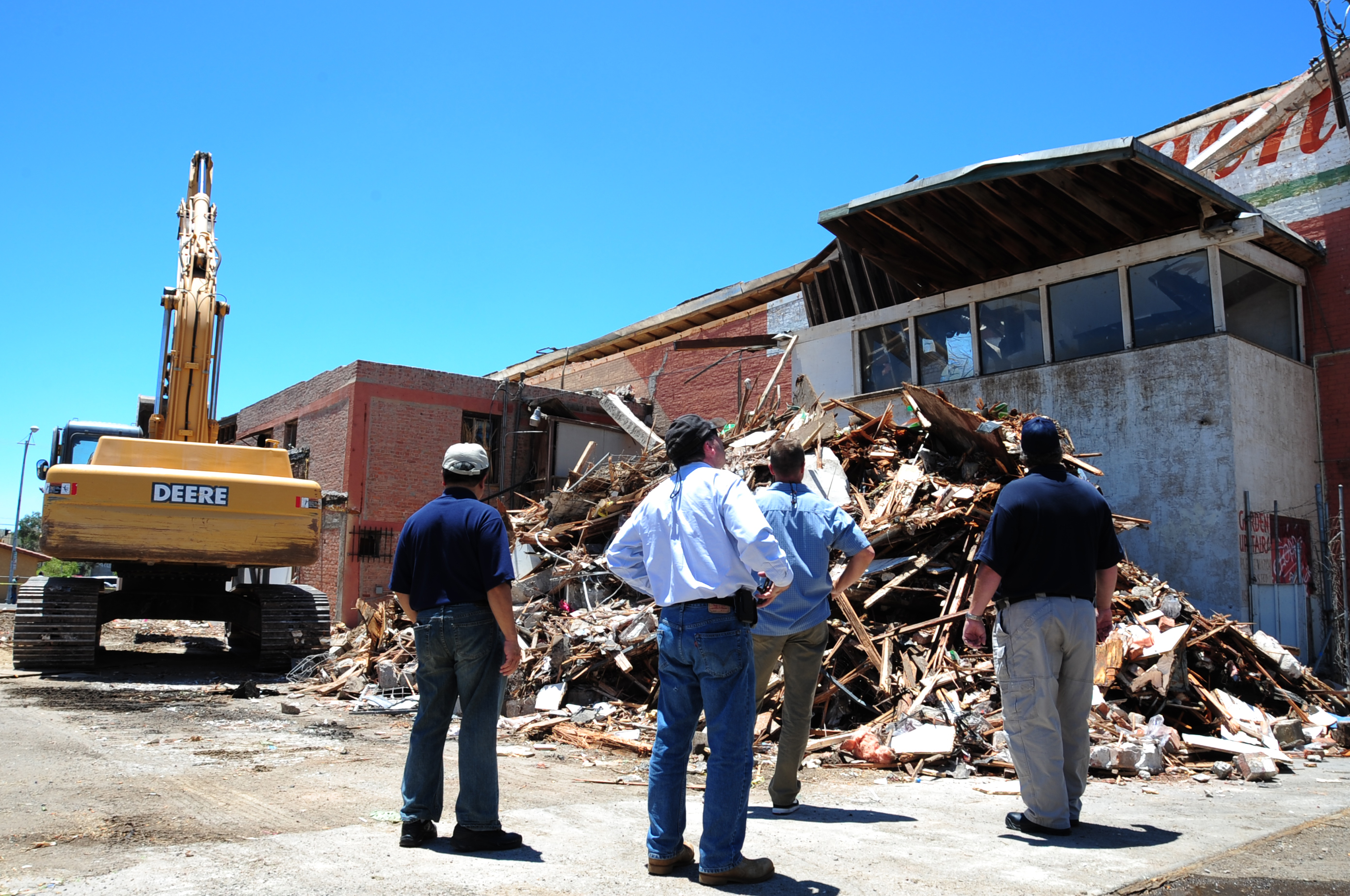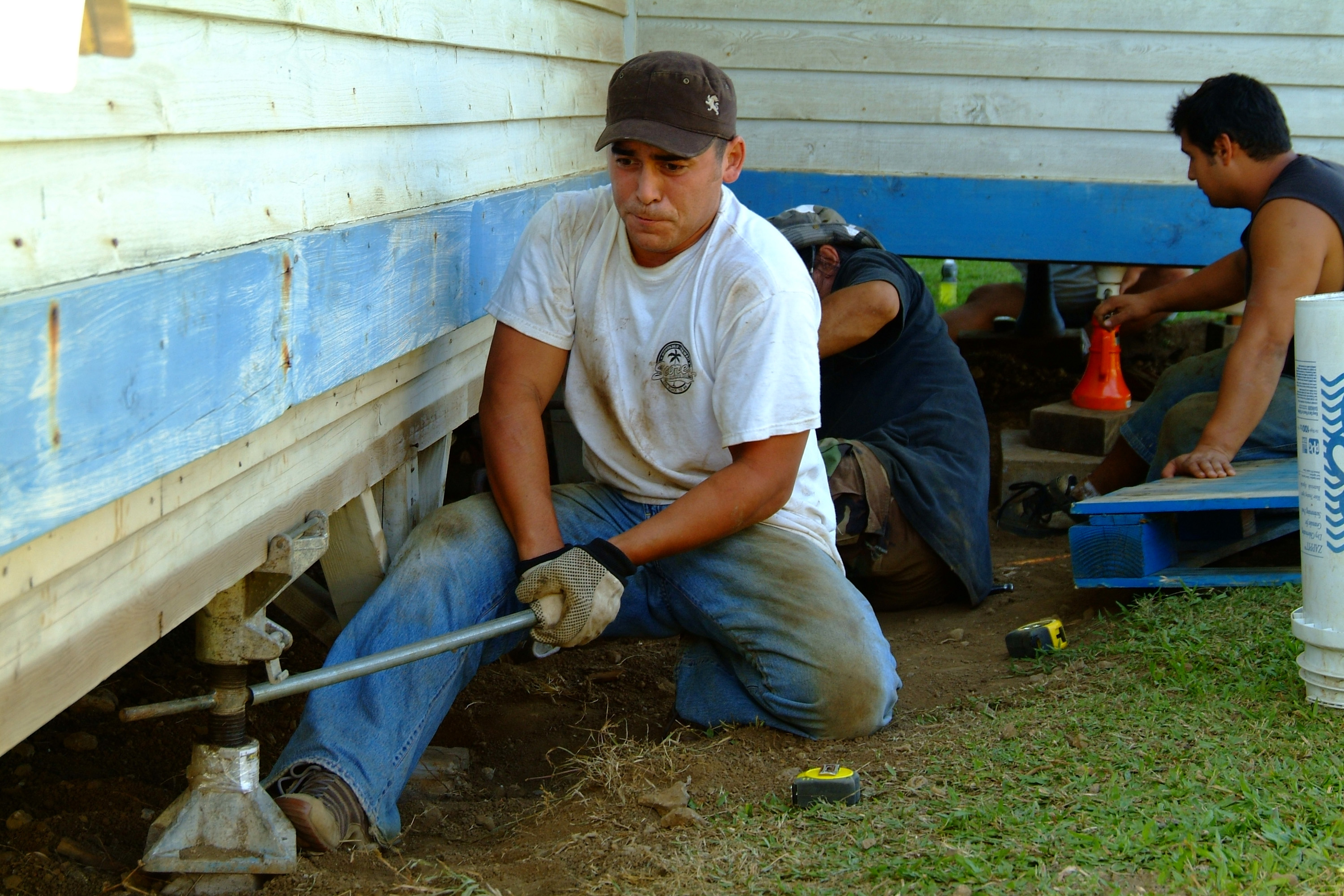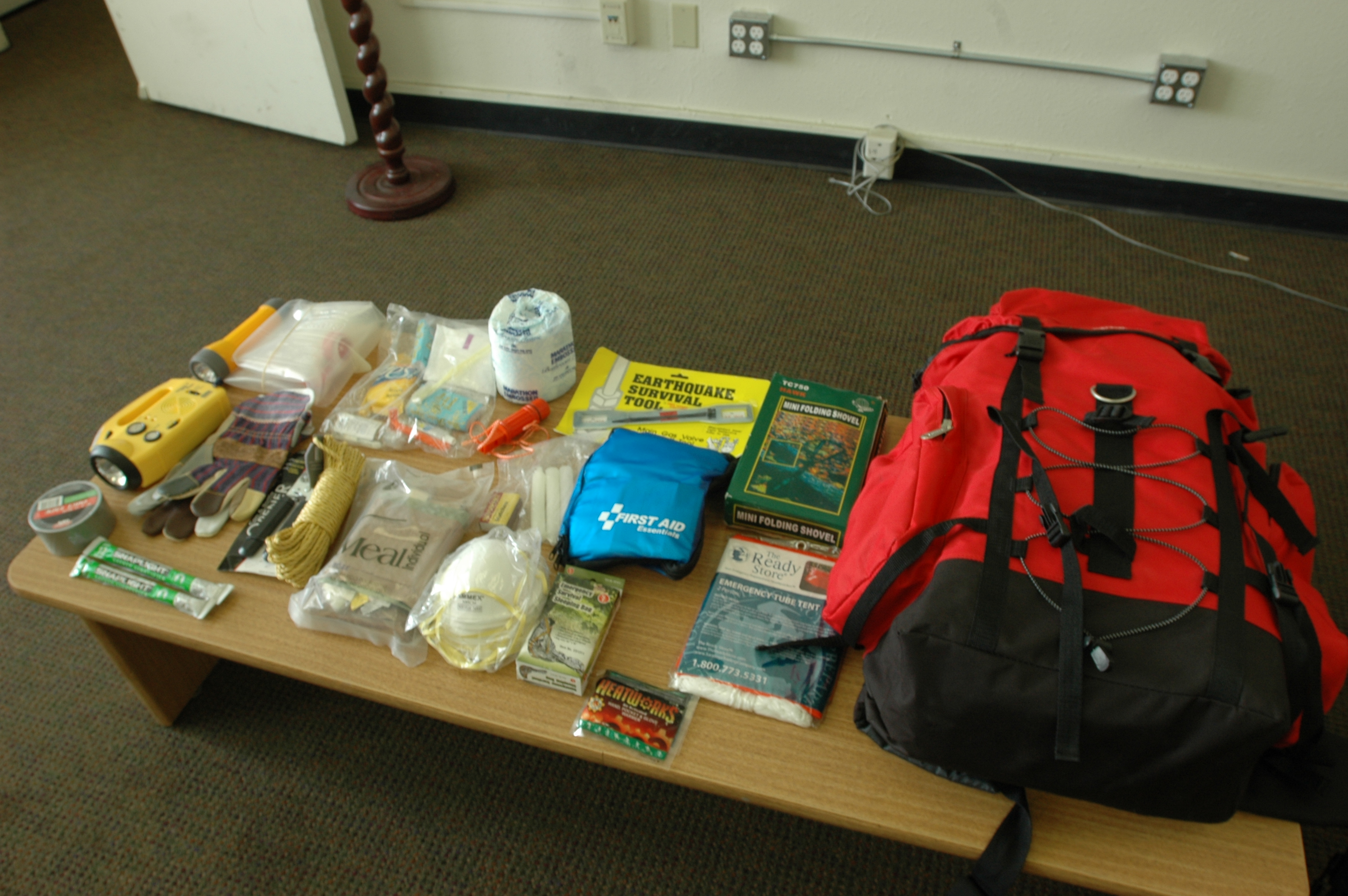The Pacific Northwest
flies under the radar as natural disasters go. We get the occasional wind storm
or mudslide, and forest fires are certainly a summertime regular, but tornadoes
and hurricanes or weeks of sub-zero temps mostly stay away.
Which is partly
why the recent article in The New Yorker
entitled The Really
Big One by Karen Schulz shook Oregon and Washington residents to their
collective core.
An earthquake of absolutely epic proportions
is lying in wait just off the coast of the Pacific Northwest.
The Cascadia
subduction zone, a fault line where the Juan de Fuca oceanic plate is
slowly forcing its way under the North America tectonic plate, is part of the “ring of fire.” Lesser
known than the famous
San Andreas fault, the Cascadia subduction zone is becoming a household
name on the west coast. When these dueling plates give way, and they will, the resulting earthquake
could register an astounding 9.3. The tsunami that follows will destroy
everything in its path.
From the article:
“Our operating assumption is that everything west of Interstate 5 will be
toast,” says Kenneth Murphy, who directs FEMA’s Region
X, the division responsible for Oregon, Washington, Idaho and Alaska.
·
13000 deaths
·
27000 injuries
·
1M displaced people needing shelter
·
2.5 M people needing food and water
Survivors will face months if not years of
rebuilding.
Planning for this
sort of devastation is so overwhelming it seems almost pointless,
and that might be
one of the reasons most of us have neither an emergency kit nor an emergency
plan.
The Stay at Home Kit
We must understand
these THREE ESSENTIALS when building our Stay at Home Emergency Kits.
1. You're On Your Own
When disaster
hits, police, fire and medical go to the hardest hit, most highly populated
areas. Folks in the suburbs and rural areas may not see emergency help for
days.
Be prepared to:
·
Dress your own wounds
·
Turn off your own gas and water (if necessary)
·
Repair your own residence
·
Share equipment with neighbors (generators, fire
extinguishers,
ladders)
·
Care for children and elderly
2. It Could Last a Long Time
Utilities,
city services, roads and bridges will be restored and repaired in due time, but
be prepared to live without creature comforts for more than the standard 72
hours.
The
following will serve you well:
·
Camping equipment
·
Water purification systems
·
Solar powered devices
·
Dehydrated foods
·
Non-local communication contact
3. Any Kit is Better than No Kit
It’s easy to become overwhelmed with all this planning,
but experts assure us any action is better than no action. Start by stashing
emergency supplies in one central location, a little at a time. Eventually you
will have a well-stocked Stay at Home Kit. Click on the links below for more
information about certain items.
THE STAY AT HOME KIT
|
Container
|
Large Sturdy Bin (wheels are a plus)
Large Trash Can with Lid (wheels are
a plus)
Assorted Bins for Smaller Items
with Labels
|
First Aid
|
Advanced First Aid Kit
Sunscreen
Bug Repellant
Prescription Medications
Anti-Diarrheal
Pain Relief/Fever Reducer
Antihistamine
|
Shelter &
Warmth
|
Generator
Tent/Tarp
Extra Blankets/Sleeping Bags
Space Blankets
Stocking Hat
Warm Gloves
Warm Coat/Rain Coat
Complete Change of Clothes
Shoes & Socks
Warming Packets
Sunglasses
|
Hands/Feet/Head
Protection
|
Sturdy Shoes
Work Gloves
Hard Hat
|
Water
|
Bottled Water
(1 gallon/person/day)
Water Filter System
Water Containment System
Bleach/Eyedropper
Hot
Water Heater
Pool/Hot Tub Water (ok for bathing
or
flushing)
|
Food
|
Non-perishable Dry Goods
Canned Goods
Dry Milk
Peanut Butter
Nuts/Bars
Instant Coffee/Tea
Powdered Energy Drinks
Emergency
Supply of Food
|
Important Docs
|
ID Documents
Cash (small denominations)
|
Tools
|
All Purpose Tool Kit
Leatherman Tool/ Pocket
Knife/Utility Knife
Wrench (to turn off natural gas)
Duct Tape
Rope
Dust Masks
Goggles
Crowbar
|
Communication
|
Radio (solar, crank or battery)
Hard Line Phone
Mobile Phones
Whistles
|
Lighting
|
Head-mounted Flashlights
Flashlights (solar, crank or battery)
Lanterns (solar, crank, battery
or propane)
Candles (contained)
Lighter/Waterproof Matches
Glow Sticks
|
Power
|
Generator
Batteries
Solar Chargers
Extension Cords
|
Fire Safety
|
Fire Extinguishers
Kitchen
Garage
Each Floor
|
Food Prep
|
Camping Stove & Fuel
BBQ Grill & Fuel or Charcoal
Cooking Pot(s)
Cooking Utensils
Can Opener
Knives
Corkscrew
Plastic Plates, Cups & Eating Utensils
|
Hygiene &
Sanitation
|
Wet Wipes
Hand Sanitizer
Antibacterial Dish Soap
Laundry Soap
Unscented Bleach
Sponge
Towels
Paper Towels
Garbage Bags
|
Toiletries/Personal
Items
|
Glasses
Contact Case & Saline
Hearing Aid Batteries
Toilet Paper
Toothbrush, Toothpaste and Floss
Tissues
Cotton Balls & Swabs
Shampoo & Conditioner
Body Wash or Soap
Wash Cloths & Towels
Deodorant
Lotion
Razor & Shaving Cream
Nail File
Feminine Products
|
Baby/Children
|
Formula & Bottles
Baby Food
Kid Food/Snacks
Diapers & Wipes
Change of Clothes
Blanket(s)
Comfort Item
Crayons/Markers
Books/Activity Books
|
Pets
(have your pet microchipped, if possible)
|
Collar with Tags
Leash
Food & Treats
Kennel/Cage
Toy/Chew Toy
|
Entertainment/Misc.
|
Playing Cards
Pen & Paper
Scissors
Prayer Items
Books & Puzzle Books
Toys & Games
Crafts & Projects
|
It’s impossible to
prepare for every sort of disaster, but it IS possible to do something today.
Talk to your family.
Start making a
plan.
Start building
your kit.
Remember: doing
something is better than doing nothing!
Come back next week
for our final kit: the IDENTITY KIT
By the way, the
following websites have loads of information about disaster preparedness:






















